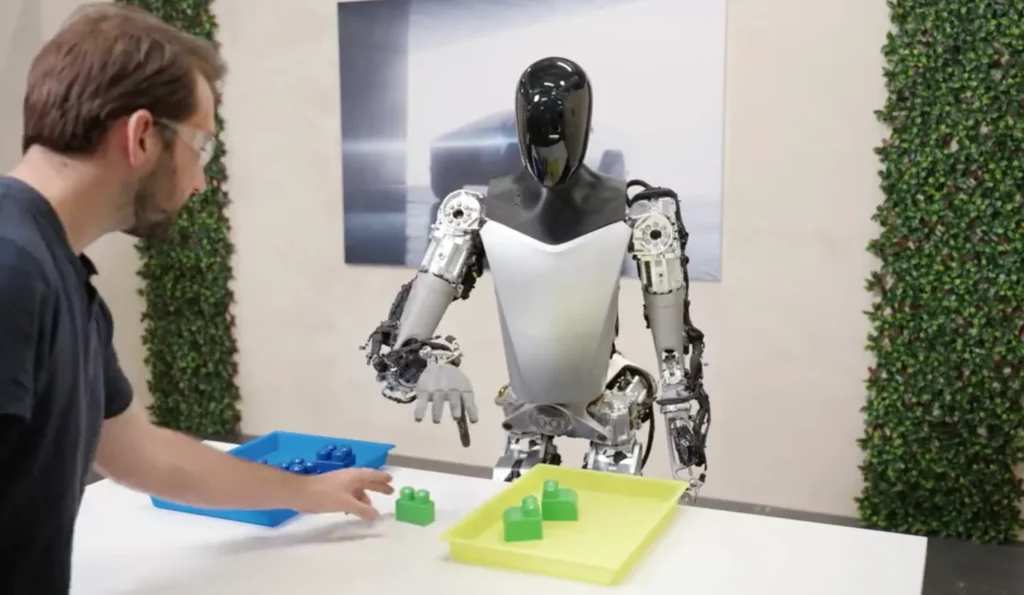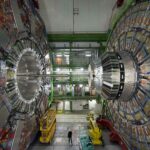In the realm of robotics, Tesla’s humanoid creation, Optimus, or Tesla Bot, has not been immune to skepticism. However, recent developments are shedding light on the project’s significant progress and its potential to reshape the field.
Optimus initially appeared as a somewhat incomplete concept when it was introduced to the public. CEO Elon Musk’s decision to use a dancer to visually represent the robot’s capabilities during its unveiling added to the initial skepticism. The doubts surrounding Optimus were compounded by the lackluster performance at the Tesla AI Day demonstration held a year ago.

During its early stages, the Optimus prototype presented by Tesla was rudimentary, limited in its movements, and capable of little more than basic actions like walking and waving. It appeared far from the advanced, versatile robot Musk had envisioned.
However, the narrative surrounding Optimus has evolved substantially since those early days. Tesla’s 2023 shareholders meeting earlier this year played a pivotal role in reshaping perceptions. At this event, Tesla unveiled several advanced Optimus prototypes, each capable of performing genuinely useful tasks. The project had transitioned from a curiosity to a tangible reality.

In Tesla’s most recent update on Optimus, the robot’s ability to autonomously sort objects takes center stage. The accompanying video showcases this impressive capability, offering a glimpse into the future of automation and robotics.
One key development highlighted in this update is Tesla’s use of end-to-end neural networks in Optimus’s training. This aligns with Tesla’s broader efforts to advance Full Self-Driving technology and underscores the critical role of artificial intelligence in optimizing the robot’s performance.
Notably, the video reveals a refined and more stable Optimus prototype. Mechanical enhancements are evident, with one prototype demonstrating remarkable balance on a single foot. This newfound stability not only enhances the robot’s aesthetics but also its potential for real-world applications.
In conclusion, skepticism initially shrouded Tesla’s Optimus project, but recent developments have transformed its trajectory. With advancements in neural networks and practical demonstrations like autonomous object sorting, Tesla is making substantial progress toward realizing its vision of a versatile and capable humanoid robot. As Optimus continues to evolve, it underscores Tesla’s unwavering commitment to pushing the boundaries of technology and robotics, setting the stage for a future where intelligent machines work seamlessly alongside humans.








